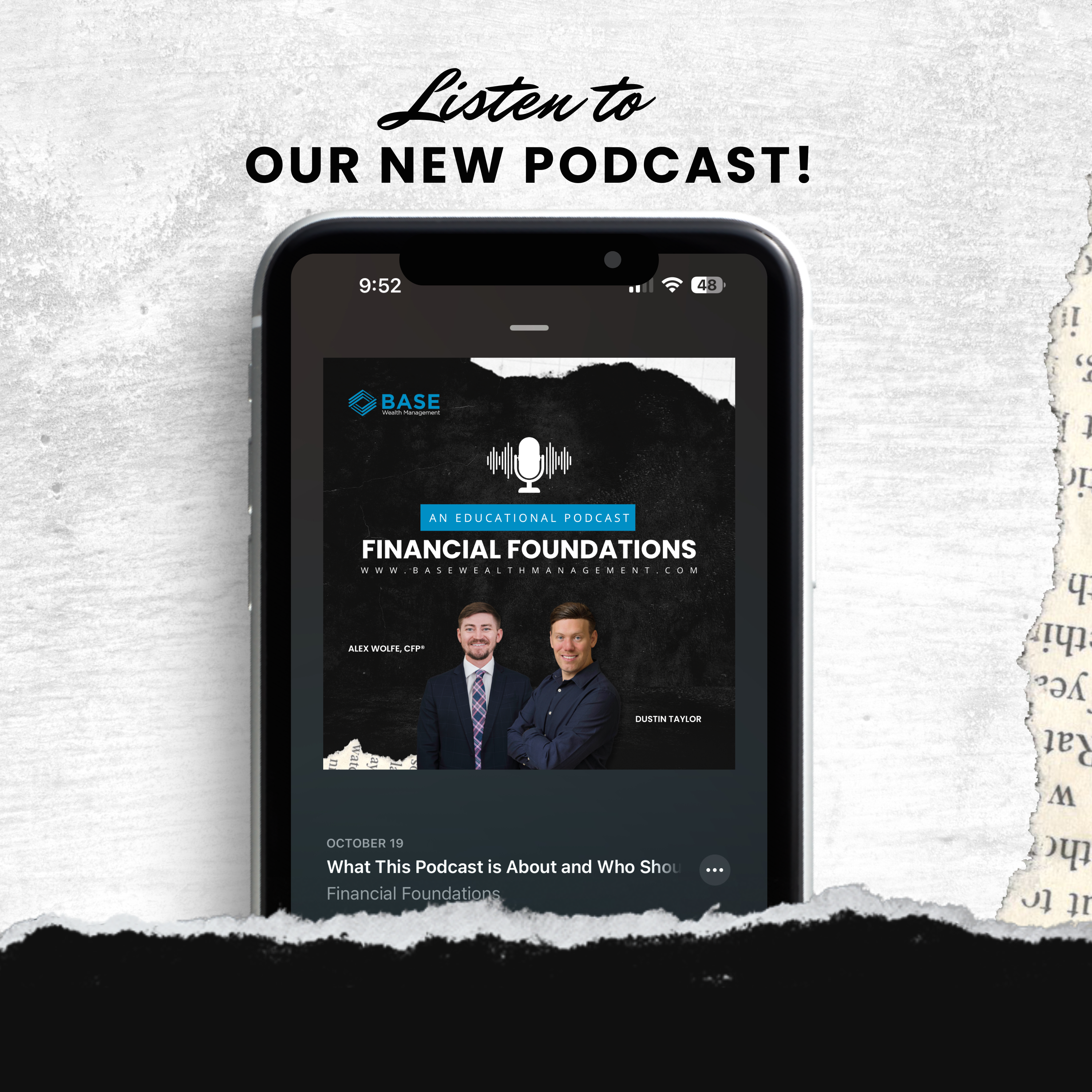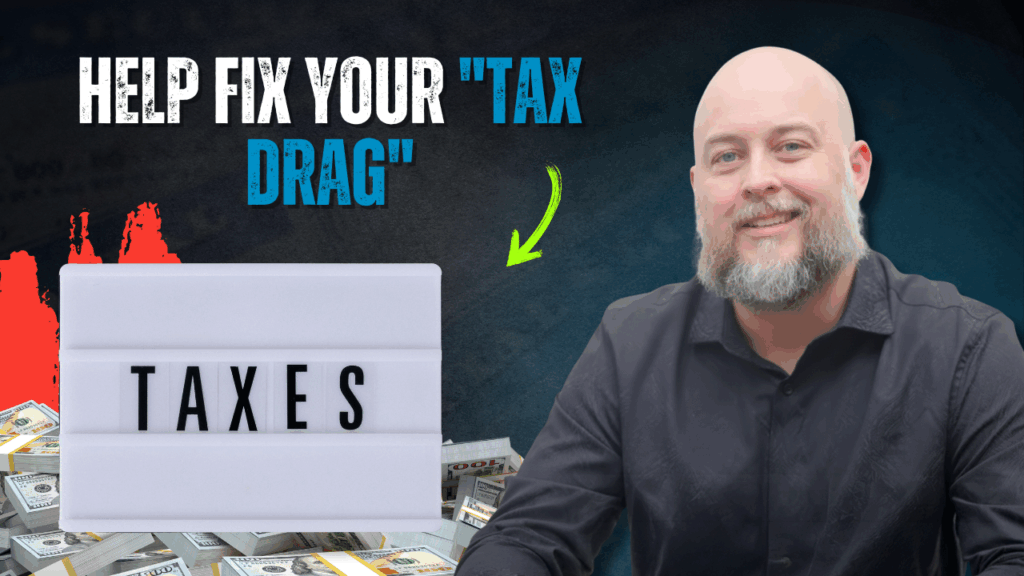Fed Cuts Rates Amid Divisions on Outlook
The Federal Reserve delivered a quarter-point rate cut this week with an 11-1 vote, but underlying projections revealed sharp divisions among policymakers. The “dot plot” showed wide splits on how many more cuts should come in 2024–2027, as well as differing views on inflation, growth, and unemployment. Notably, officials don’t see inflation returning to 2% until 2028, reflecting the challenge of balancing a cooling labor market with persistent price pressures. Chair Jerome Powell emphasized flexibility and consensus-building, but the dispersion of views highlights growing uncertainty over the Fed’s path ahead.
Shifting Trends for Retail – Warehouse Clubs
Warehouse clubs like Costco, Sam’s Club, and BJ’s are booming as younger shoppers, inflation-driven demand, and viral product hits fuel growth. All three chains are expanding aggressively, with Costco opening ~30 clubs a year, Sam’s adding 15, and BJ’s moving into new markets. Once known for long lines and bulk staples, clubs are now winning with digital conveniences, trendier brands, and surprise finds ranging from sushi to gold bars. Despite challenges like tariffs and overcrowding, their mix of value, experience, and novelty has made them some of the fastest-growing players in U.S. retail.
Commercial Real Estate Could See Growth After Rate Cut
The Federal Reserve’s recent rate cut could provide relief for commercial real estate, where property values have fallen over 20% since 2022 and lending has slowed. Lower borrowing costs may revive property sales, refinancing activity, and projects like office-to-apartment conversions, especially since much commercial debt is tied to floating rates. Still, broader economic risks from inflation and tariffs to slowing wage growth and weaker consumer demand threaten to offset the benefits. Analysts say recovery will likely be uneven, with distressed refinancings and data centers seeing more momentum, while offices, retail, and industrial properties continue to face high vacancies.


















